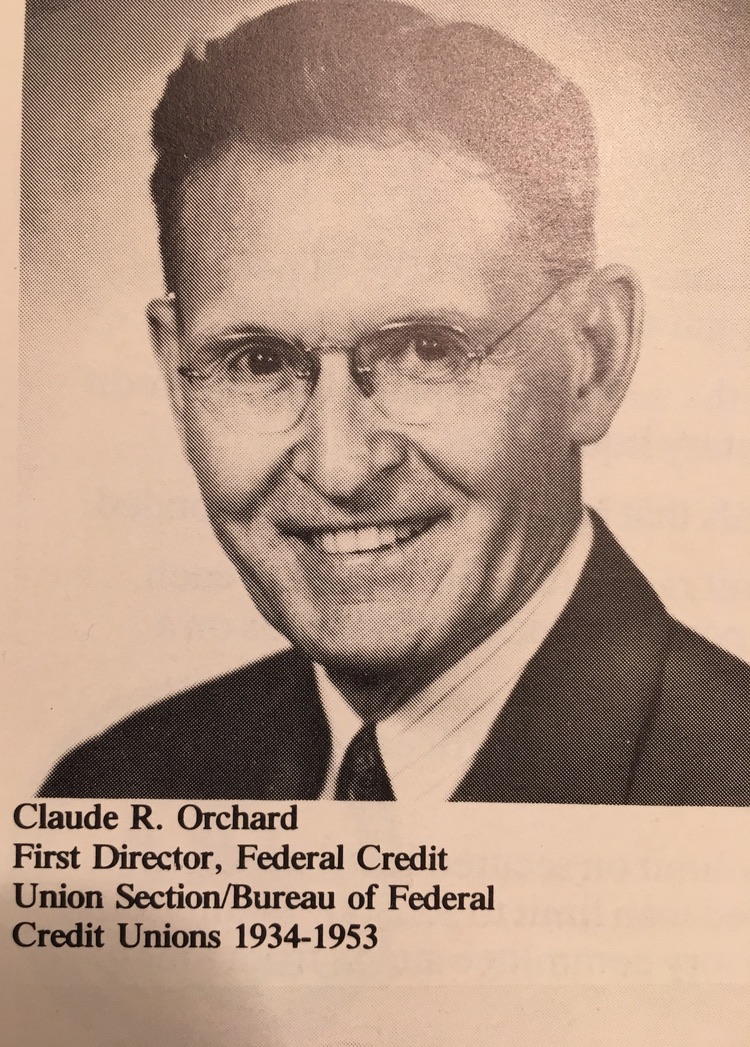Wednesday’s money market reactions to Chairman Powell’s Congressional testimony caused rates to rise to levels that invoked historical comparisons.
The two-year Treasury notes yield touched 5.08%, its highest level since 2007.
The yield curve remained inverted. The spread between 2- and 10-year yields this week showed a discount larger than a percentage point for the first time since 1981. That’s when then-Fed Chair Paul Volcker engineered rate hikes that broke the back of double-digit inflation.
The Pace of Change
The references to 2007 and 1981 reflect an awareness in how markets and organizations are reacting to the current Fed’s fight against inflation.
Until the Lehman Brothers collapse in the fall of 2008 business leaders and regulators were reassuring the public that things were under control. It took a high profile failure to bring the leveraged collateralized debt obligations and related financial house of cards to be fully unveiled. In other words, to wake people up to the market’s financial exuberances.
This rate cycle has seen large failures in crypto based businesses, but failures in traditional businesses have been relatively few. Some cracks are beginning to show in commercial real estate, but for now, no front page collapses.
As a result many of today’s leaders who have not had to navigate a financial watershed are following a path of slow, adjustment tacking with each change of market outlook to stay on course.
Tacking with Changing Winds
Earlier this month the NCUSIF released January’s results. They confirmed the November 2022 announcement to increase short term liquidity to over $4 billion. That shelved, at least temporarily, the much discussed laddering out to ten years which would create a weighted average maturity (WAM) of 4 years or longer.
This change makes sense financially. Short term rates are projected to stay in their current range through the end of the year. But is this temporary or has there been a real shift in strategy?
What has been learned from the era of nearly free money and low rates? The NCUSIF’s January portfolio earned only 1.64%. The fund’s market value is more than a billion dollars underwater. This is the result of decisions made in a different financial environment. It will significantly reduce the fund’s revenue for the next several years.
All of the fund’s financial history shows that a yield of only 2.5-3.0% is necessary to sustain a 1.3% NOL balance. Is it time to rethink how investments are managed going forward?
Because the FED rate increases were incremental and the ultimate outcome uncertain, the NCUSIF continued to follow practices developed for a different era.
The shift to a much shorter WAM is a good move. One hopes it also reflects an understanding of the tactics necessary in a “new normal” interest rate environment.
The Fight for Deposits
Liquidity is at the top of most credit union priorities. Share growth was negative in the final quarter of 2022. Competition for funds is increasing and consumer savings rates are at very low levels.
The Fed’s interest rate hikes are intended to slow growth in loans and consumer spending. The goal is to better align demand with supply and thereby reduce pricing pressures (inflation).
Do credit unions just pull back and accept lower growth, shut the loan window halfway down or go out and engage in the increasingly competitive markets for savings?
One credit union decided to reassess its share strategy and appoint a deposit product manager. Raising rates was part of the response along with other ALM tinkering.
But the more fundamental change was to rethink the importance of securing direct deposit as the key to member relationships-and a stable deposit advantage. Too many borrowing members were from indirect relationships without a savings compliment. Rather than just paying up, the organization is prioritizing direct deposit in its marketing.
Future Lessons from Current Events
While the future will continue to be unknowable, as events unfold they should challenge prior assumptions that now fall into the category, “I wish I had thought of that.”
Many credit unions and NCUA are making multi-year decisions in resource allocations. Whether these are investments in securities, raising 10-year subordinated debt or just entering new office leases, today’s actions have long term consequences.
The Fed’s increases are intended to cause consumers and businesses to rethink future plans. A number of credit union initiatives that emerged in the era of low cost funding, may need to be re-examined.
Another likely outcome is that for the first time this century, a more traditional interest rate environment is likely to emerge at the end of the cycle.
As the rise in rates continues several months longer, when the cycle ends, what will that mean for your business model?










